Gold prices retreated in late October, raising debate over whether we’re closer to the end of the yellow metal’s rally than the beginning.
The precious metal fell below $4,000 per ounce from all-time highs near $4,400 before finding footing in early November. Since its price lows, gold has rewarded “buy the dip” investors, returning about 6%.
Still, a 60% year-to-date return has gold bugs rightfully wondering if gold can continue its winning ways in 2026 or if they should sell to pocket their profits.
Annual gold returns since 2020:
- 2025: 60.1%
- 2024: 27.2%
- 2023: 13.1%
- 2022: -0.23%
- 2021: -3.5%
- 2020: 24.4%
Source: MacroTrends.
Goldman Sachs’ co-head of global commodities research, Daan Struyven, recently addressed that question, outlining catalysts behind the investment bank‘s forecast for 2026.
Gold prices jump as yields, US Dollar drop
The U.S. economy is growing given GDP has risen nicely since the first quarter. Still, cracks have emerged in the labor market, and inflation has reared its ugly head again, pressuring the Federal Reserve.
The jobs market has only created 10,000 jobs over the past three months, according to payroll processor ADP, a sharp decline from earlier this year when it created over 100,000 jobs per month.
Naowarat/Shutterstock
Layoffs have skyrocketed, totaling 153,074 in October, up 175% year over year, according to Challenger, Gray, & Christmas data. Year-to-date, through October, employers have announced 1,099,500 job cuts, a 65% increase from the same 10 months last year.
The Bureau of Labor Statistics reports that the unemployment rate hit 4.4% in September, up from 4% in January and a low of 3.4% in 2023.
According to a study by Resume.org, 40% of companies laid off workers in 2025, and 60% plan to cut workers in 2026.
At the same time, President Donald Trump’s tariff policy has driven up import costs, causing higher inflation. The Consumer Price Index, CPI, showed inflation was 3% in September, up from 2.3% in April, before most tariffs took effect.
The jobs and inflation data are problematic for the Fed because its dual mandate is low unemployment and inflation, goals that often run contrary to one another.
More Wall Street:
- Stanley Druckenmiller’s latest buys suggest shifting tech trend
- Goldman Sachs unveils stock market forecast through 2035
- Dalio’s Bridgewater quietly reshapes its portfolio amid bubble warnings
- Peter Thiel dumps top AI stock, stirring bubble fears
The Fed lowered interest rates by a quarter percentage point at its FOMC meetings in September and October, and it is likely to provide further support to the jobs market when it meets again on December 10. The CME FedWatch tool currently puts the probability of a December rate cut at 87%.
Jobs and inflation aren’t the only concerns for investors. The U.S. economy is also facing a big headwind from America’s mounting debt. As of Nov. 18, U.S. national debt totaled $38.3 trillion, up from $36 trillion 12 months ago, increasing concerns that foreign central banks may slow their buying.
Overall, uncertainty has contributed to Treasury yields and the U.S. Dollar declining. The 10-year Treasury yield is 4.03%, down from 4.77% in early January. The U.S. Dollar Index has dropped to 99.5 from 109.
Lower yields and a weaker Dollar are historically good for gold prices because gold tends to move in the opposite direction of them. Lower Treasury yields make them less attractive as a safe-haven alternative to gold. Since gold is priced in U.S. Dollars, weakness makes gold more attractive to foreign buyers, including central banks.
Goldman Sachs’ co-head of commodities lays out 2026 gold forecast
The October retreat in gold prices was caused by worry that the Fed wouldn’t cut in December following comments from Fed Chair Jerome Powell in October that one more cut in 2025 wasn’t guaranteed. Powell’s message caused what proved to be a temporary increase in Treasury yields and the U.S. Dollar, taking some support away from the gold trade.
Related: JPMorgan issues urgent call on December rate cuts
Now that outlooks for another rate cut have shifted positive again, Treasury yields have fallen, and the Dollar has stabilized, allowing gold to drift higher.
Goldman Sachs Daan Struyven said in a recent Bloomberg interview that he expects bullish gold trends to continue into 2026, supporting more upside for the commodity:
Struyven’s bullishness is based on two primary trends:
- Federal Reserve interest rate cuts: Goldman Sachs’ economists predict 75 basis points of additional reductions.
- Central bank buying: Goldman Sachs expects them to buy 80 metric tonnes monthly.
Struyven says that freezing Russia’s reserves in 2022 due to its invasion of Ukraine served as a “big wake-up call” for global central banks to own gold, which he calls “the only truly safe asset” for them to hold in their bank vaults.
The analyst’s outlook for 20% gains in gold in 2026 could underestimate the opportunity, suggested Struyven. If private investors continue this year’s trend of including more gold in portfolios for diversification, gold could perhaps head even higher.
“The gold market is relatively small. If you look at gold sector ETFs, they’re about 70 times smaller than the value of the US Treasury market. So, you only need a relatively small diversification step out of, for instance, the global bond markets to cause significant upside for gold prices,” said Struyven.
The message echoes prior comments from the top investment bank. Goldman Sachs, founded 156 years ago, has witnessed its share of gold booms and busts. In October, it said in a research note shared with TheStreet that central bank buying totaled “64 tonnes for September,” up from 21 tonnes in August, and that it expects central bank buying to be a “multi-year trend.”
Overall, Goldman Sachs estimates monthly central bank buying will average 80 tonnes through 2026.
“Since 2022, central banks have purchased over 1,000 tonnes of gold annually — roughly twice the decade-long average,” said ETF issuer VanEck in a report issued in November.
Related: JPMorgan issues stark new S&P 500 target through 2026



